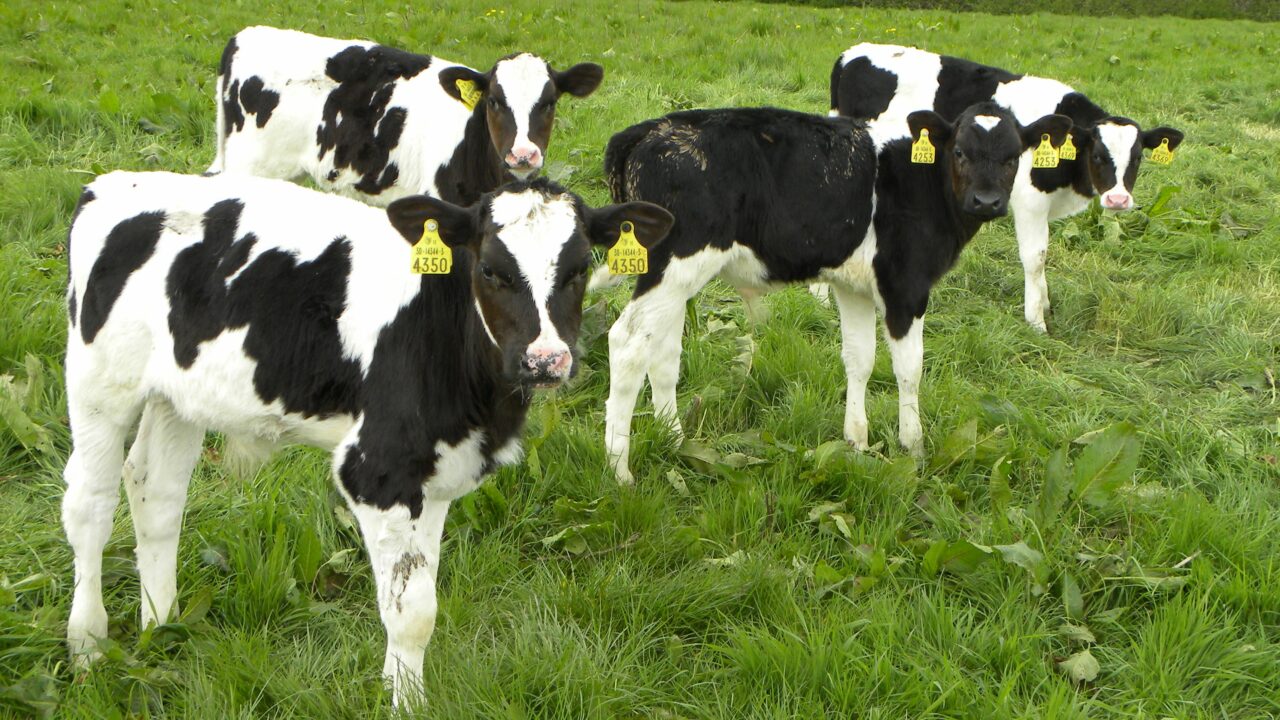Calf-to-beef farmers have been busy competing with exporters at the ringside. Generally speaking, hardy Friesian bulls are making somewhere in the region of €125-170/head.
Good management practices must be implemented once these calves land on the farm. As the majority of Irish beef farms operate a grass-based system, calves will be let out to grass over the next few weeks. This is also the case on suckler farms, as calving is expected to get into full swing over the coming weeks.
However, calves will be exposed to gut worms during the grazing season. These infections can inhibit thrive and a good worm management plan is dependent on effective wormers. Weight gains achieved in the early life of the calf may be the difference between making a profit or a loss when it comes to slaughter.
However, a direct and unavoidable result of the continuous use of wormers is the development of drug-resistant worms.
According to Teagasc, the main gut worm species which infect cattle in Ireland are Ostertagia and Cooperia. Ostertagia is the main genus associated with disease, while the less pathogenic Cooperia is the main contributor to faecal egg counts.
There are currently three classes of anthelmintics (worm treatments) available for the treatment of gut worms in cattle. These are: benzimidazoles (white drenches); levamisoles (yellow drenches); and macrocyclic lactones (clear drenches).
Anthelmintic resistance – Teagasc says – to all three classes of drugs has recently been found on Irish sheep farms. However, the extent of resistance on cattle farms was previously unknown.

Research
Recent research was carried out by Teagasc, in Grange, Co. Meath, to discover the extent of anthelmintic resistance on Irish beef farms.
16 dairy calf-to-beef enterprises were involved in the project. Resistance to Fenbendazole (oral) and Ivermectin (injection) was measured using the faecal egg count reduction test.
A full effective worm treatment dose reduces egg count to zero after administration. If the egg count reduction is less than 95%, then worm resistance is present. On all 16 farms, the Ivermectin treatment failed to reduce the egg count by greater than 95%.
In addition, Fenbendazole failed to reduce the egg count by greater than 95% on 12 farms. However, on the remaining four farms, Fenbendazole treatment was effective. This indicates that worm treatment resistance may be common on Irish cattle farms.
